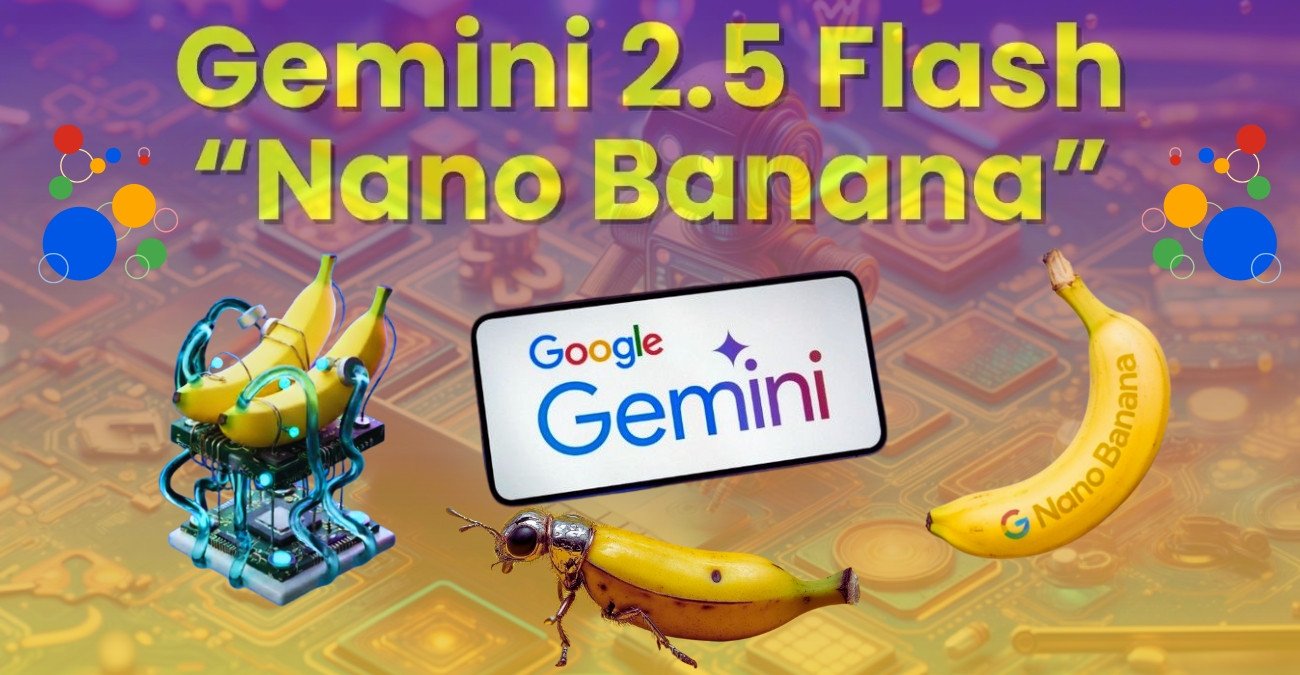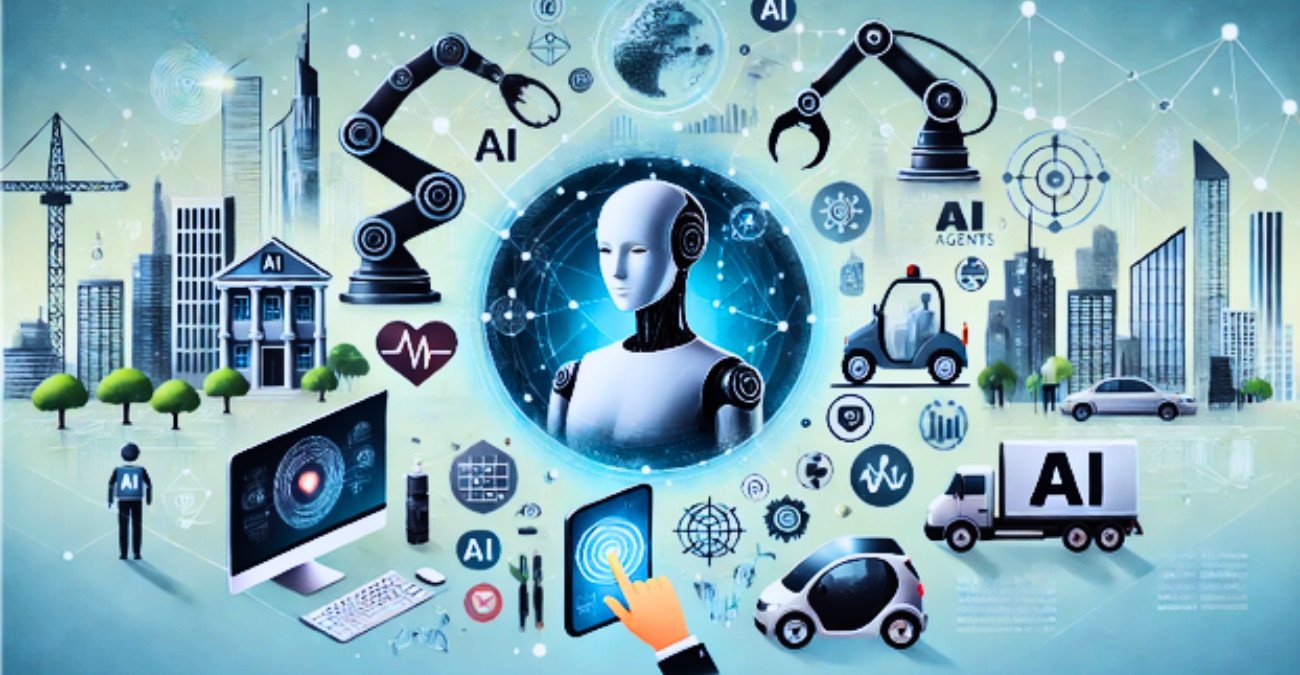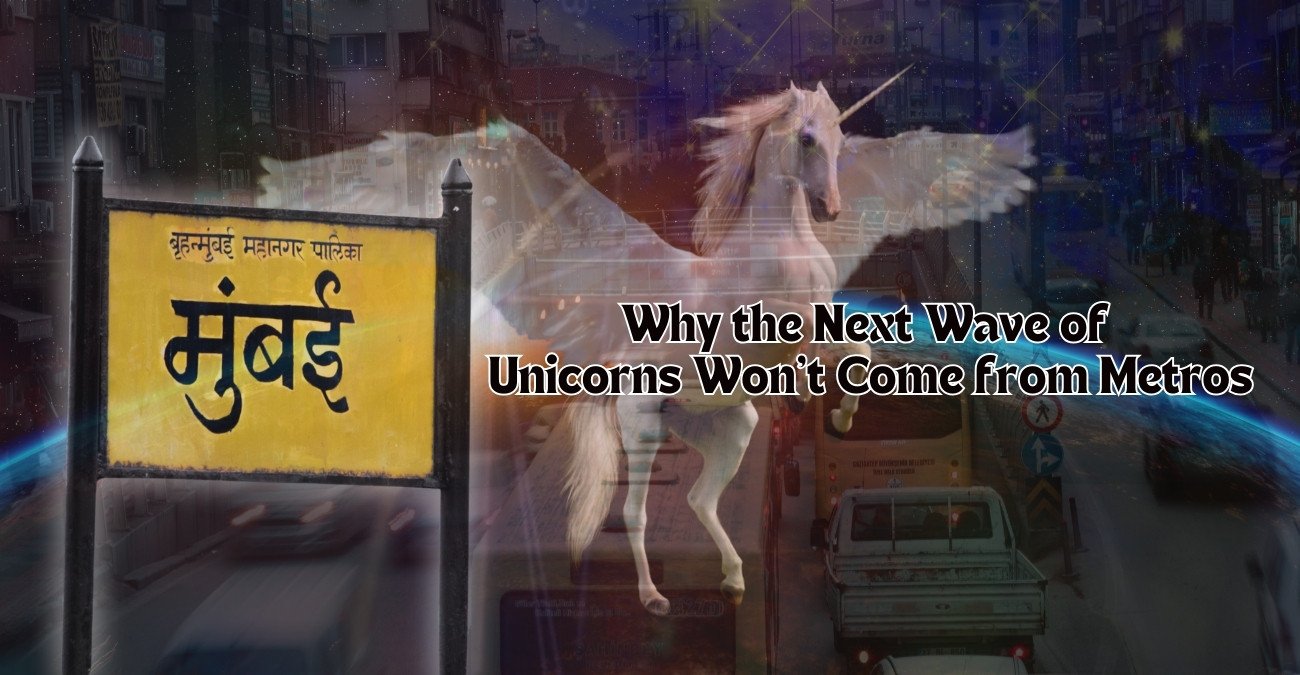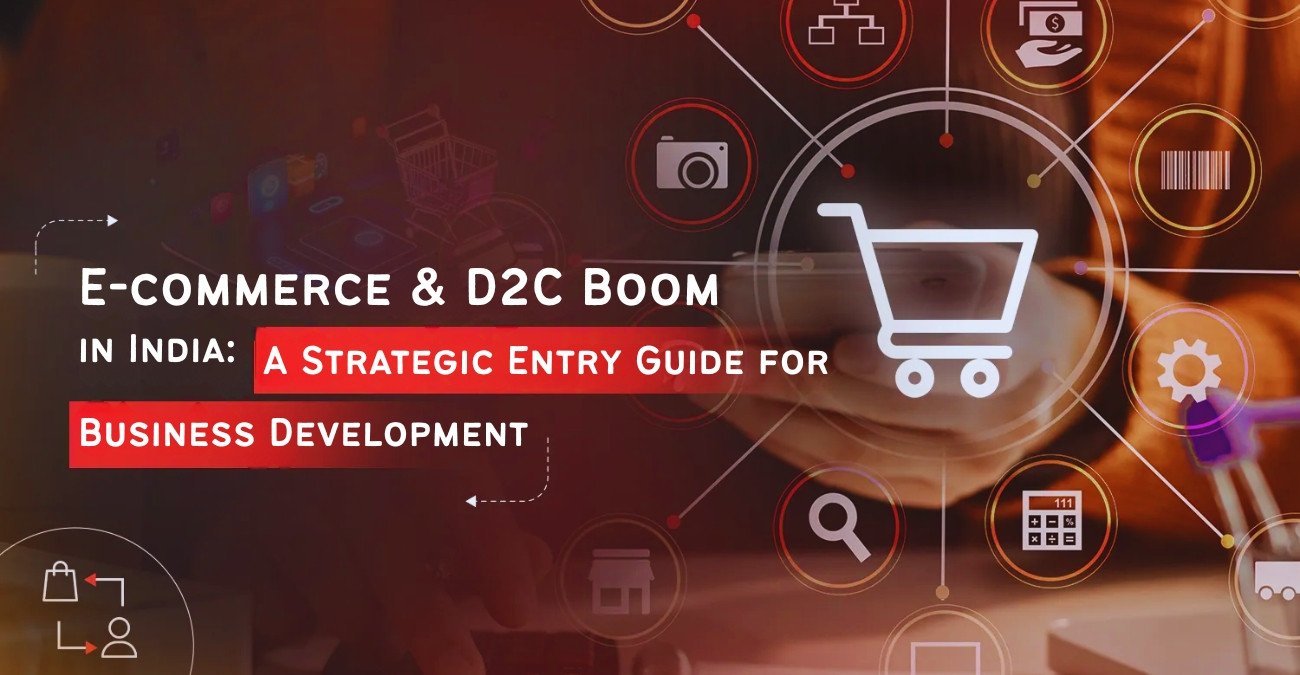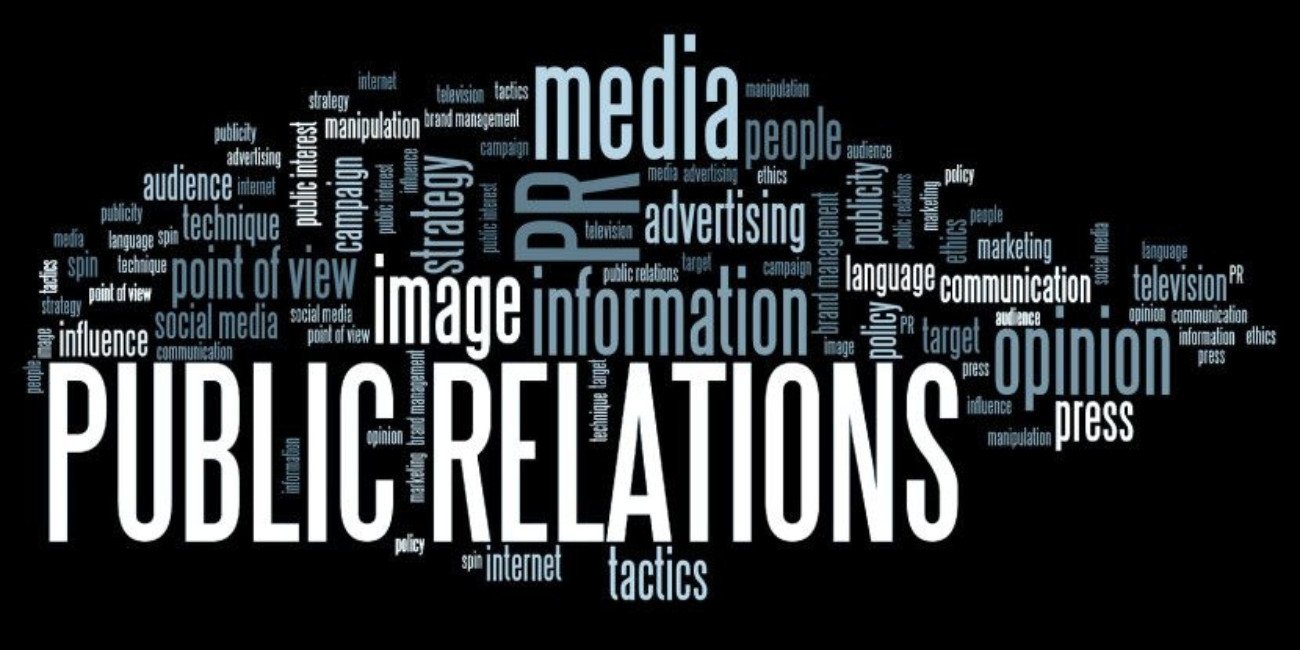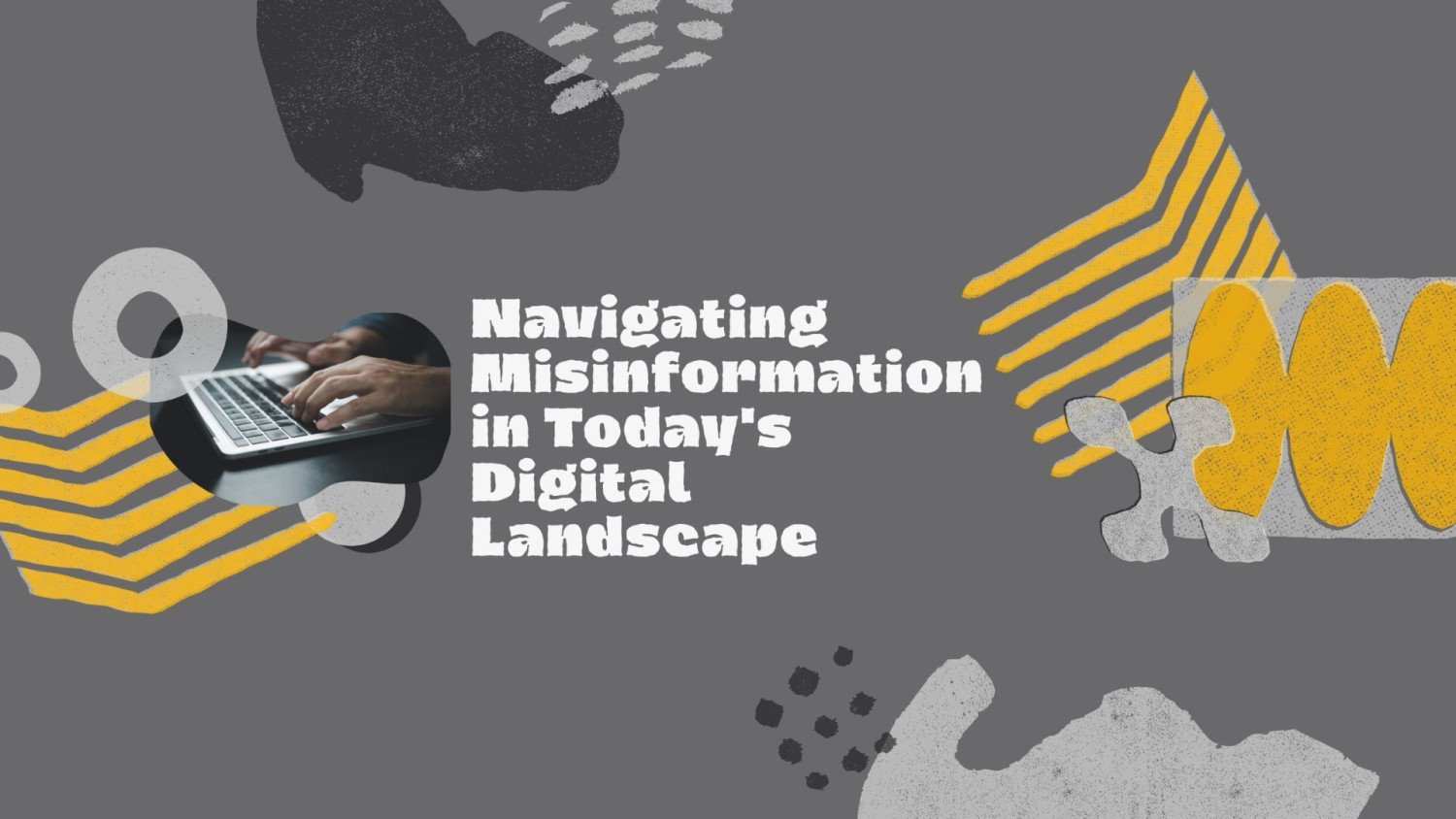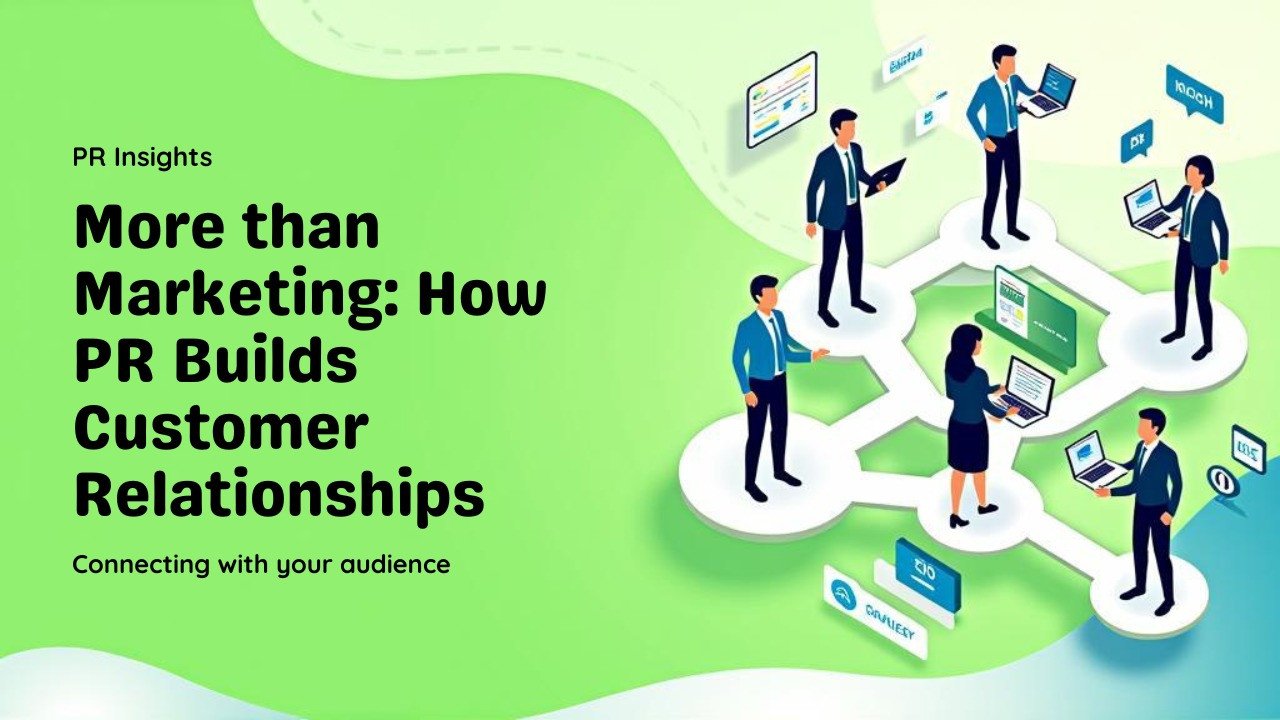Battle of the Bots and Humans: Who Wins the Content Game?
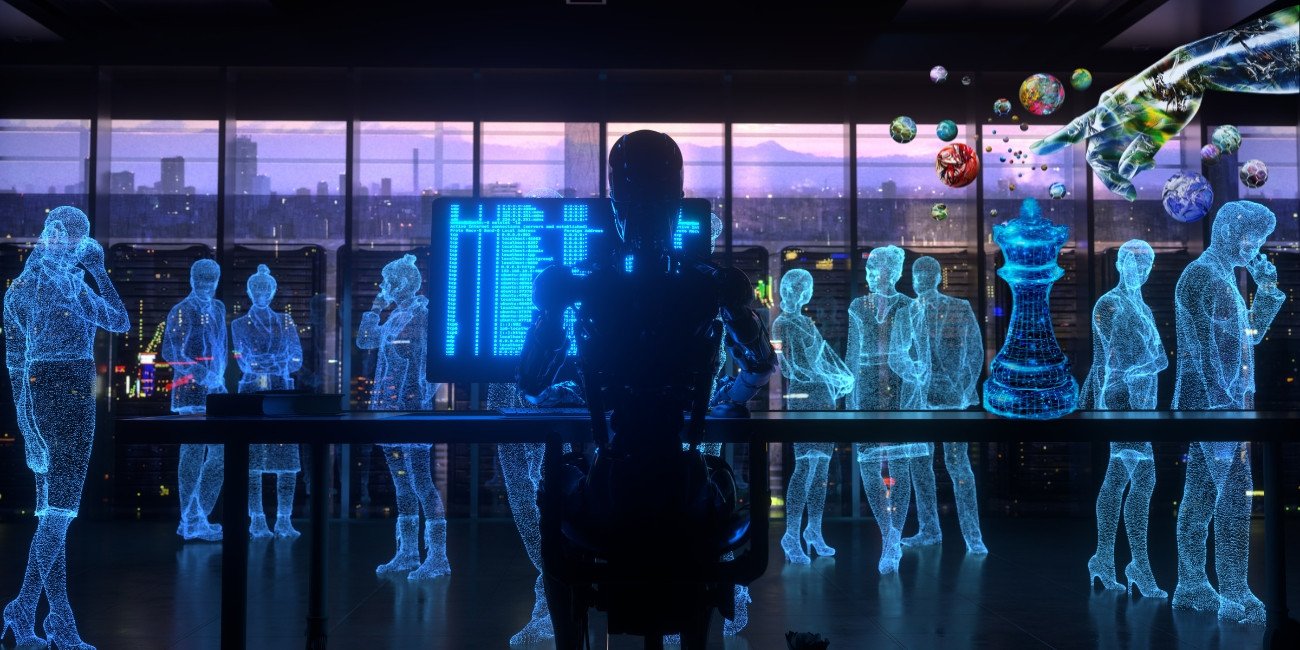
The buzz around "AI vs Human Content" has become
hard to ignore. Businesses, creators, and even casual readers face the same
question: Should they trust a bot or a person when it comes to stories,
articles, or marketing? New tech tools pump out blogs and social posts quicker
than ever, while professional writers argue there’s no software that can truly
match the human spark.
This article breaks down the fast-changing competition
between bots and humans in the content world. We’ll unpack where AI shines,
where people outsmart computers, and how both sides now work together. Whether
you write for fun, build a brand, or just read for insight, it matters which
side shapes what you see.
AI vs Human Content: Understanding the Contest
AI-generated content refers to writing, images, or even
videos created with artificial intelligence. These tools can mimic tone, style,
and even humor, often relying on huge datasets and language models. Humans,
meanwhile, create content based on ideas, lived experience, intuition, and
emotion.
So what sets them apart? AI follows rules and patterns
learned from millions of examples. It can write clear reports or catchy ads
using data-driven logic. On the other hand, humans build stories from empathy,
memory, and curiosity. Together, these differences have set up a real contest—one
that touches everything from social media to education.
Strengths and Weaknesses of AI Content
AI shines when speed, volume, and consistency matter. AI
tools:
- Write
content faster than any person could
- Scale
up for thousands of web pages or posts in minutes
- Use
data to customize language for different readers
- Maintain
a steady style or tone on demand
But there are trade-offs:
- AI
sometimes makes mistakes, “hallucinating” facts or misreading topics
- It
lacks deeper meaning, personal stories, or a sense of timing
- Writing
can feel mechanical or “off,” especially on complex or sensitive topics
As more people ask, “can a robot write better than us?”,
studies like this MIT
research shake expectations by showing that readers sometimes can’t tell—or
even prefer—AI-written content.
Human Creativity: The Irreplaceable Edge
Humans bring something AI can’t fake: real emotion,
experience, and empathy. Personal stories and creative insight make writing
memorable. People know when to crack a joke, when to pause for effect, and how
to punch up a line.
Human content stands out with:
- Unique
perspectives influenced by culture and history
- Emotional
depth that turns information into inspiration
- Intuition
about audience needs or current trends
- The
ability to experiment and take creative risks
Anytime content needs heart or a personal touch, humans take
the lead.
Who Wins the Content Game? Real-World Applications and Trends
Today, most successful companies and creators blend both AI
and human inputs. Some tasks play to AI’s strengths while others need human
judgment and voice. Brands are quick to use AI for efficiency, but keep people
in the mix for strategy, storytelling, and brand safety.
A recent post compared the speed and quality of AI-generated vs human content in daily use. Many companies now rely on AI for first drafts or headline ideas but always put a real person in charge of the finishing touches.
If you want to learn more about media and business strategy,
check out this article on strategic
media relations for business growth.
Hybrid Content: The Best of Both Worlds
Forward-thinking teams blend automation with human insight.
Their workflows often look like this:
- AI
creates outlines, drafts, or social posts at high speed.
- Human
editors review, add context, check facts, and inject creativity.
- The
final product carries both the efficiency of AI and the soul of a human
writer.
This hybrid approach lets organizations scale content
production without sacrificing quality.
Industry Examples: What Works Best and Why
- Business: Some ecommerce brands
use AI chatbots for product descriptions but hire writers for brand
storytelling.
- Media: Newsrooms let AI summarize
press releases or earnings reports, then rely on journalists for opinion
and investigative pieces.
- Education: AI helps generate
learning materials at scale. Teachers still play a key role in adapting
content and connecting with students.
- Marketing: Campaign managers use
AI for A/B testing and analytics while humans shape the creative vision.
Experimenting with AI vs Human Content
Many brands run real tests comparing bot-written and
human-made copy for web pages and newsletters. Some see a bump in clicks or
sales when both styles are mixed. These experiments show that reader response
usually depends on the topic—factual news runs fine with AI, while
inspirational messaging still needs the human touch.
When Human Emotion Beats Algorithmic Precision
No algorithm knows your company’s inside jokes or the
mistakes that shaped your story. Human experience connects with readers,
especially in sensitive, funny, or highly personal writing. On subjects that
require understanding of culture, feelings, and subtle meaning, humans
consistently outperform software.
How AI Tools Accelerate Content Production
By automating repetitive or data-heavy work, AI lets writers
and marketers focus on strategy, creativity, and building relationships. For
example, bulk product listings or SEO tweaks can be handled by bots in minutes,
freeing up humans for high-value, big-picture work.
Boosting Skills for the Future: How Boot & Boost Empowers Content
Creators
As the rules of the content game keep shifting, building the
right skills stays essential. Boot & Boost offers hands-on training that
helps creators combine the speed of AI with the insights only humans offer.
Their programs blend writing, design, and the basics of working with AI,
preparing you for any new challenge.
Explore how Boot & Boost’s graphics & content
creation services enable you to test AI-generated content side‑by‑side with
human-crafted copy. By learning to spot the strengths of each, you can create
the perfect mix for your brand or career.
Conclusion
No one “wins” the content game on their own, not the bots
and not the humans. The real winners are those ready to keep learning,
adapting, and blending the best of both worlds. The market for content rewards
speed, relevancy, and heart—qualities that require both fast AI tools and
skilled, creative people.
If you want to future-proof your skills and keep ahead of
these trends, investing in your own training is a smart move. The future of
content looks bright when both sides play to their strengths and work together.
